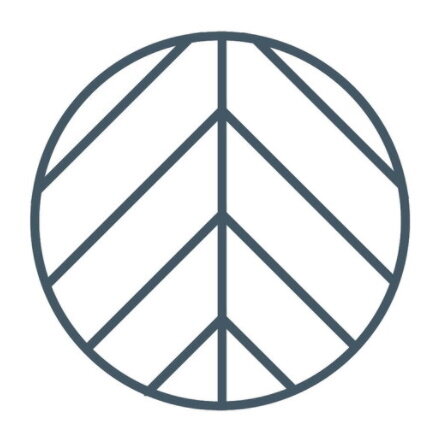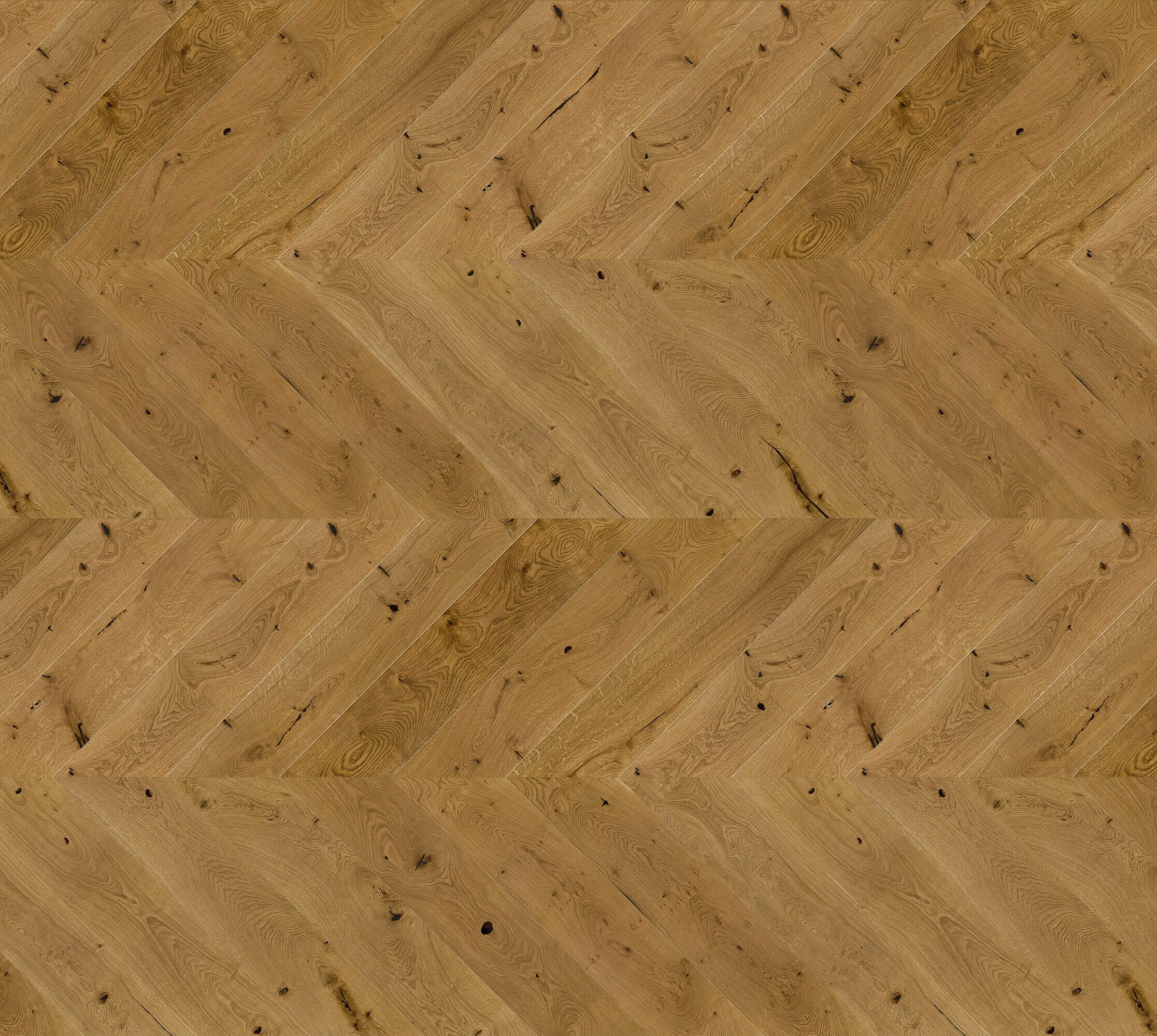Chevron Flooring
The Chevron pattern is a prominent form in parquet flooring, second only to Herringbone. The patterns differ slightly, but both create an elegant, timeless feel in any room. Chevron patterns are not unique to flooring, and have appeared throughout history on rugs and pottery before ever making it under your feet.
Chevron Pattern
Parquet floors are older than you might think, with their style being made popular hundreds of years ago. Chevron offers a sharper, more uniformed look, while still maintaining that zig-zag aesthetic.
Chevron flooring will give you a neat set of V patterns, these patterns are what the term ‘chevron’ is named for. The planks are cut on an angle which means the boards don’t run at a 90 degree right angle. The boards fit together using the standard tongue and groove installation system to form the chevron pattern when the left and right orientation of each board gives the perfect V shape. Normally, chevron boards are narrower, shorter planks than regular flooring, however they can come in a multitude of sizes. Chevron patterns first came into fashion during the mid - late 16th Century when the traditional name Point de Hongrie, also known as Hungarian Point, was a style of embroidery from which chevron flooring became an item.
There are no practical merits to choosing a chevron floor over a standard real wood floor. The choice is only a stylistic one.
Advice on laying chevron flooring
Our range of chevron floors come in the traditional tongue and groove installation system. With this type of installation system and parquet flooring, it is advised that you procure the services of a professional fitter who specifically states they know how to fit chevron. Some fitters will not fit patterned flooring because of the intricate procedures involved to fit the floor.
Tongue and groove planks need to be glued together
The floor must then be nailed to the subfloor
Tongue and groove installations are generally harder because of the additional materials and technical know-how needed to fit it. The process is difficult because the chevron boards must line up perfectly to create the uniform lines. One single plank out of place can ruin the pattern and thus the aesthetic of the entire floor.
Chevron Floors can be fitted in most rooms, though this will depend on the material the floor itself is made out of. In the case of real wood (engineered), you could fit a chevron floor into a hallway, any living area, or a conservatory. It is not recommended in kitchens or bathrooms unless you have the suitable materials such as a LVT waterproof floor.


